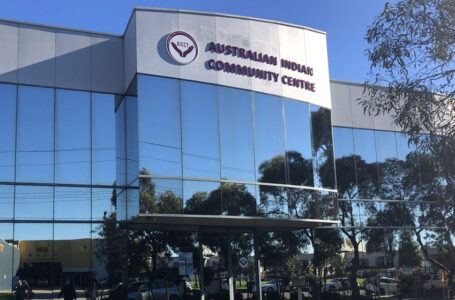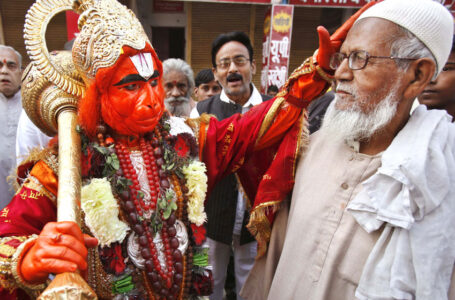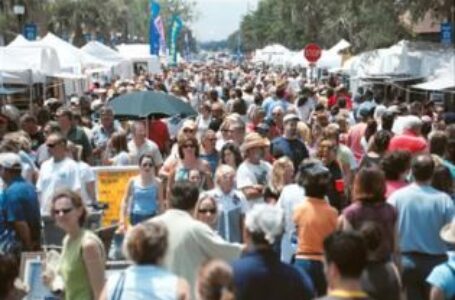Unique multicultural art on the Sydney River
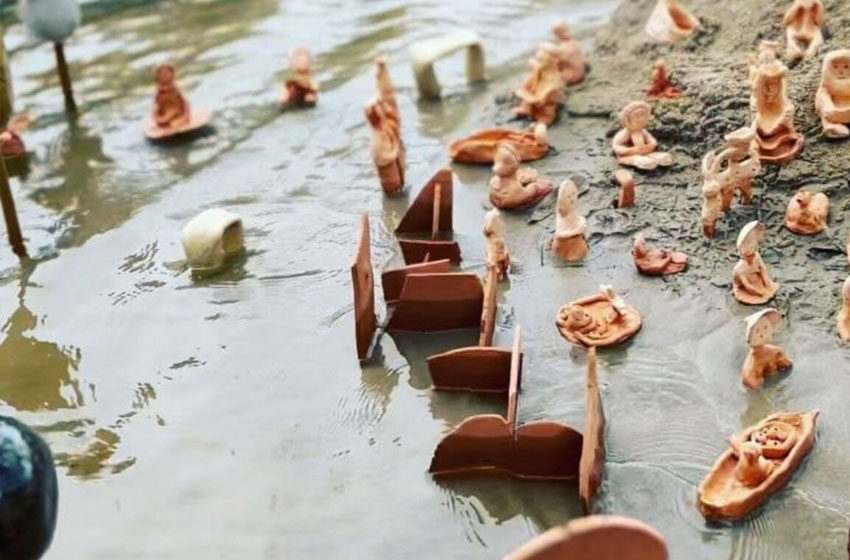
In the first few months of 2022, Australia witnessed major floods, particularly in the northern parts of New South Wales; The River Project- Sydney Biennale resonated with the floods, which were organised on the 4th and 5th of May(last week). Also, Yuhana Nashimi, a ceramic and figurative artist, conducted this project that focused on the rivers, wetlands and other aquatic ecosystems.
Mr Nashimi involved 95 people (cross-generational) from Iraq, Iran, Mandaeans, Bosnia, Sri Lanka and Afghanistan to reflect on their connection to rivers by making little sculptural work from clay. Besides, Mr Nashimi’s goal was to honour his ancestor’s reverence for water through two displays among more than 220 sculptures that the participants made. Also, his origins are Mandean -a small Gnostic religious sect hailing from Iraq and Iran that is several thousand years old – and he believes rivers carry a critical cultural current.
He pointed out the significance of rivers by saying that life would be improbable without rivers; he also said that humans are the gatekeepers or conservationists of water and nature, and it is the primary source of life and light; hence it is divine.

He has been arranging over 200 terracotta clay figurines collected from workshops he held for around a hundred other Mandean artists as well as Bosnians, Afghans and Tamils from Sri Lanka. Additionally, it is noteworthy to mention that thousands of Mandeans settled in Sydney’s Liverpool area after the US invasion of Iraq 20 years ago.
Apart from believing in the divinity of the rivers, they also believe in the spiritual power of Baptism and honour John the Baptist as a significant religious figure. Also, the Mandeans are a matriarchal community wherein people speak Aramaic dialect, which is believed to be Jesus’s language; the community regularly performs baptisms in Georges River, dressed in white tunics.
On the other hand, Mr Nashimi is engaged in an additional project, wherein he is building an almost scarecrow-like 1.8m bamboo structure emerging from the waterway, representing the body, mind and spirit in an artistic take on the death rituals of his people. Moreover, he highlighted the universal symbolism of the river; he said that people always return to the river as the clay represents the human body that eventually goes back to its origin.
Jiva Parthipan is the artistic co-director; he works with the NSW Service for the Treatment and Rehabilitation of Torture and Trauma Survivors; he also worked on the river project. Moreover, he wants to move refugee narratives beyond the hardship of forced migration from their home countries.
Also, he believes that as future Australians, the refugees or non-residential individuals must explore their cultural practices in a nuanced manner with all other communities. Therefore, Mr Parthipan brought together Mr Nashmi, the Indigenous Jannawi Dance Clan, a local Aboriginal elder, classical Indian singers and dancers, and the NSW Barefoot Water Ski Club members to collaborate and explore what the river means to those they represent.
Mr Parthipan pointed out that though there is one river embodying four different local communities who re-imagined and layered the river with their heritages. For instance, Soulful ancient southern Indian melodies sung by second-generation migrant Namrata Pulapaka were also a part of last week’s program.
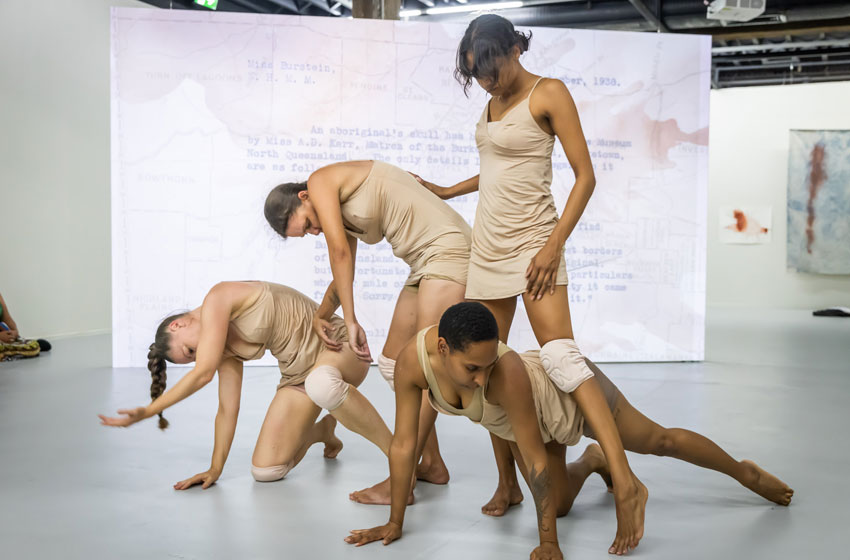
Moreover, Carnatic music is ancient music and singing art that has been handed down through oral tradition to multiple generations over hundreds of years. Also, she said that the intricate musical scales are called Raga, which evoke different emotions; people may not understand the words, but they strike a chord with the people and unites them.
Ms Pulapaka says the sacred significance of the Ganges River is kept alive within Australia’s Indian diaspora, with countless migrants having laid roots in western Sydney. Also, more than 720,000-strong nationwide, they number second only to English ex-pats.



